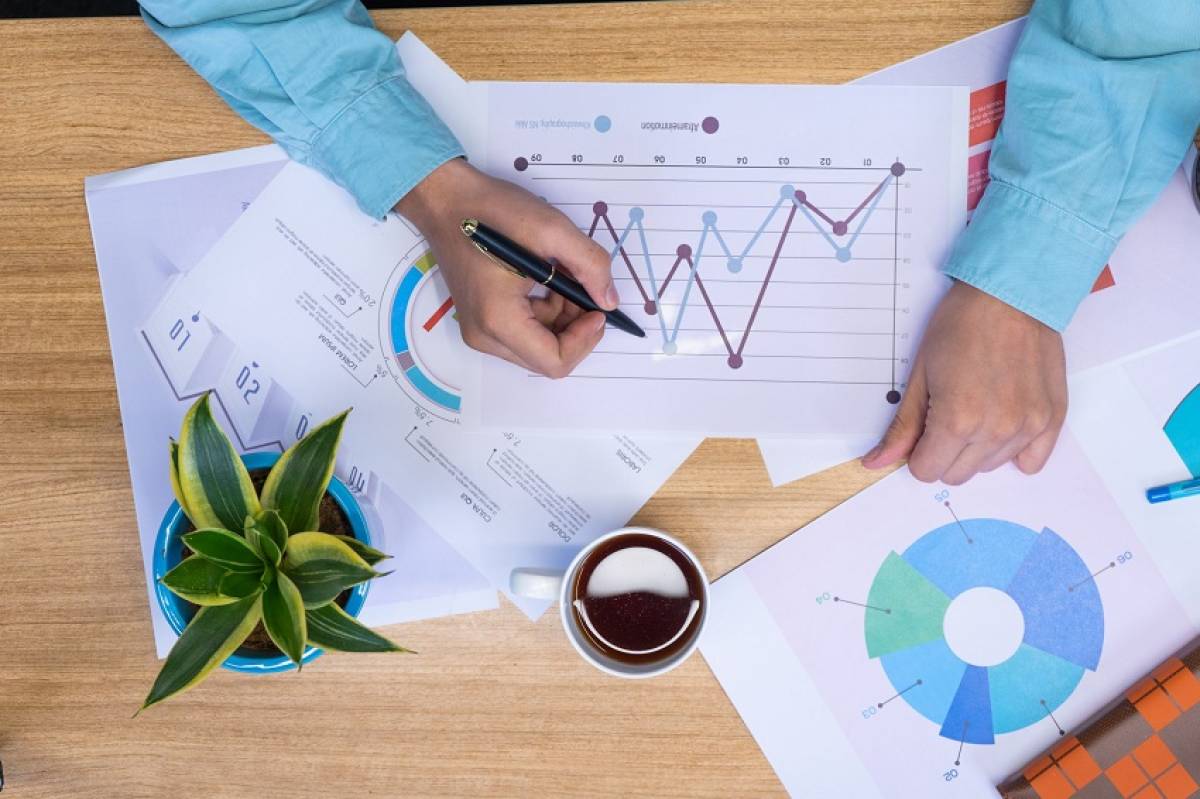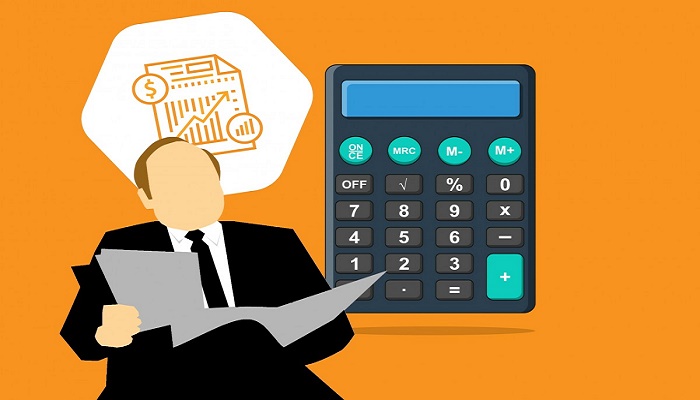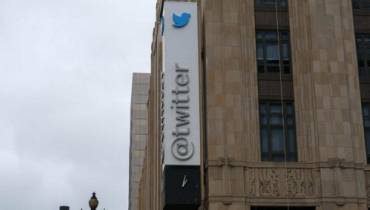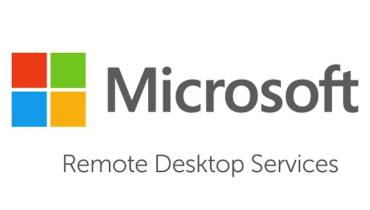How Graphs Can Change the Way You Do Business

Graphs, Graph Databases (essentially a database designed to stores data flexibly and treat the relationships between data as equally important to the data itself), and other similar data computing models have been around for a while now.
The first graph databases emerged in the1990’s as part of projects related to social sciences. Since then, graph databases have grown exponentially, and so has their benefits to businesses that use them as a means of interacting with their data.
However, a lot of people do not fully understand how graphs can change and enhance the way they do business. To help you better understand and grasp the basics of a graph database, here are some simple examples of how they can be applied to your business.

Visual Representation of Relationships
One of the first things that graphs enabled was building network data models, allowing users to take advantage of corresponding data.
Data network means that if an individual has connections with other people, one can visualize those connections through a graph.
If you have a business that supplies to other companies, for example, you could easily use graphs to map out the relationships between your company and your customers.
Graphs allow for easy visualization of information which ultimately helps improve decision-making processes.
Explore More Possibilities
Another great thing about using a graph database is that it allows you to explore all possible connections between the nodes of your network model.
Not only can this help you build a better picture, but it can also significantly improve statistical analyses and other helpful information.
If you want to find out the best performing product in your inventory, you can use graphs to query and visualize all possible connections between products.
That allows for an easier comparison of data and provides an additional perspective that could help you make better-informed decisions.
Focus on Questions Your Data Is Asking
One thing that graphs do well is that they let you shift your focus to answering relevant questions regarding the information that has been provided.
That is because of the ability of graphs to map out various connections and work with corresponding data to provide user-friendly results.
Imagine you want to know if there are any similar patterns between people who buy your product A but not your product B. This is something you can easily find out with graphs.
You will be able to visualize the data in a way that makes it easier for you to compare and contrast each set of results, allowing you to make better decisions when selling your product.
Make Better Decisions
Last but not least, graphs allow you to make better decisions with your data. This is because these new-age databases can enable you to explore more options quickly, allowing you to take what is not working and improve it.
One of the best things about graphs is that they can create a bridge between people and information, allowing you to connect with consumers more personally, which ultimately helps promote your brand.
It is, therefore, safe to say that graphs are one of the best tools for businesses of all types to manage their data, because they can help you visualize and improve various functions in your company to scale your operations.
To make the most of graph databases, it’s always advisable to work with an expert IT solutions provider for best results, if you are not fully familiar with these handy tools.

![9 Tips for Managing Your Online Writing Projects Efficiently [node:titile]](/sites/default/files/styles/thumbnail_rectangle/public/open-book-laptop-online-writing-tips.jpeg?itok=iq4PIT7b)


















